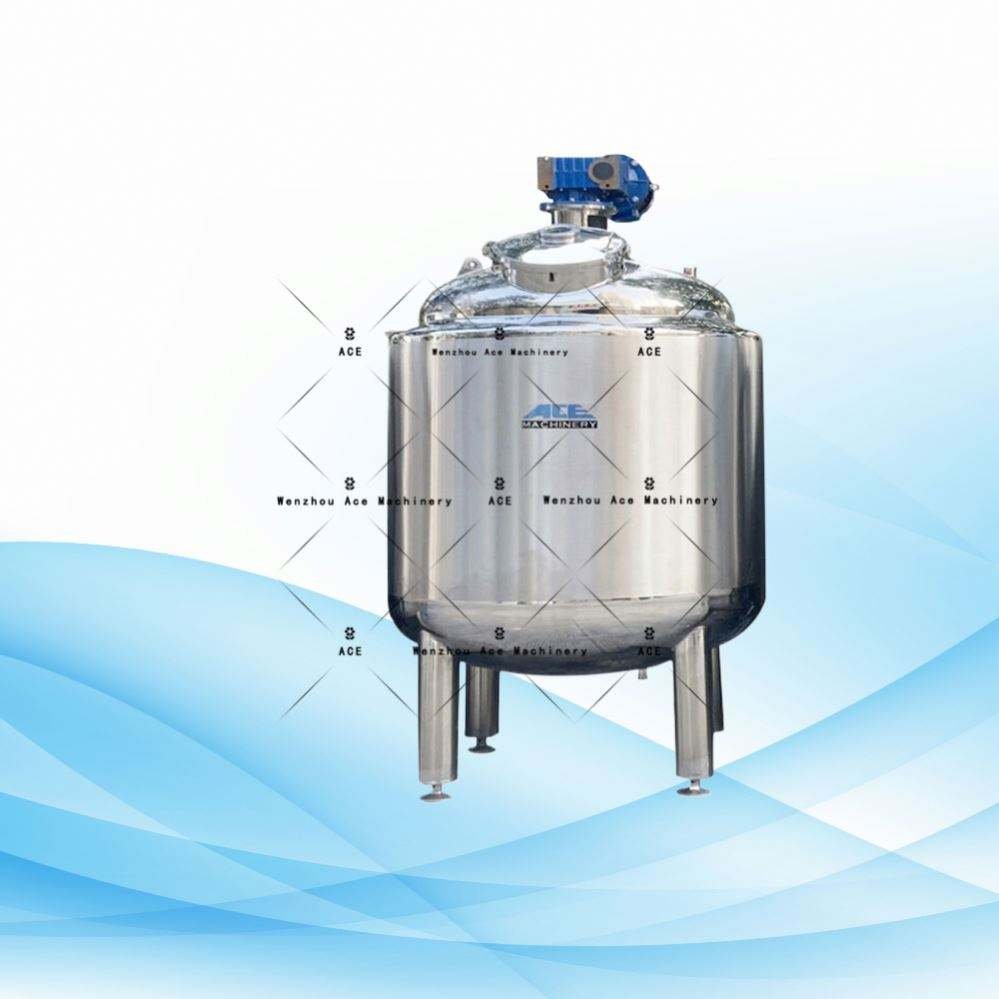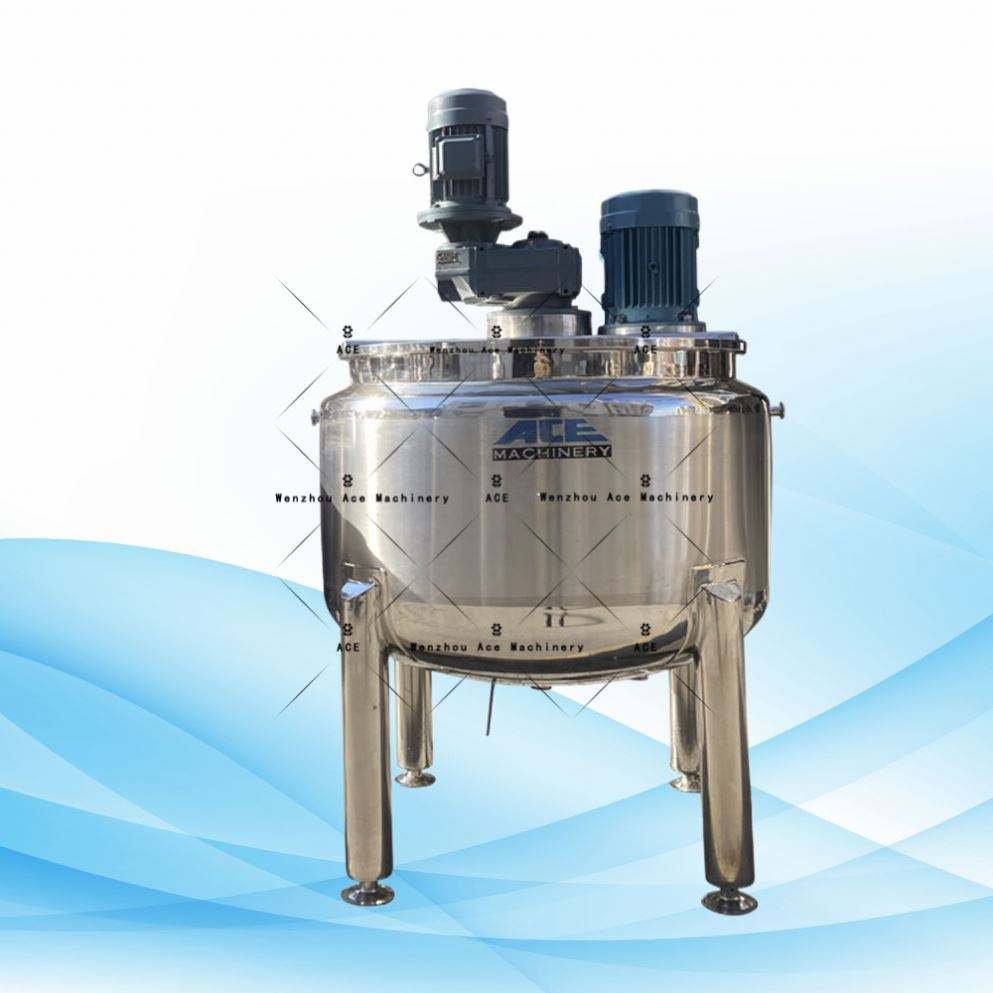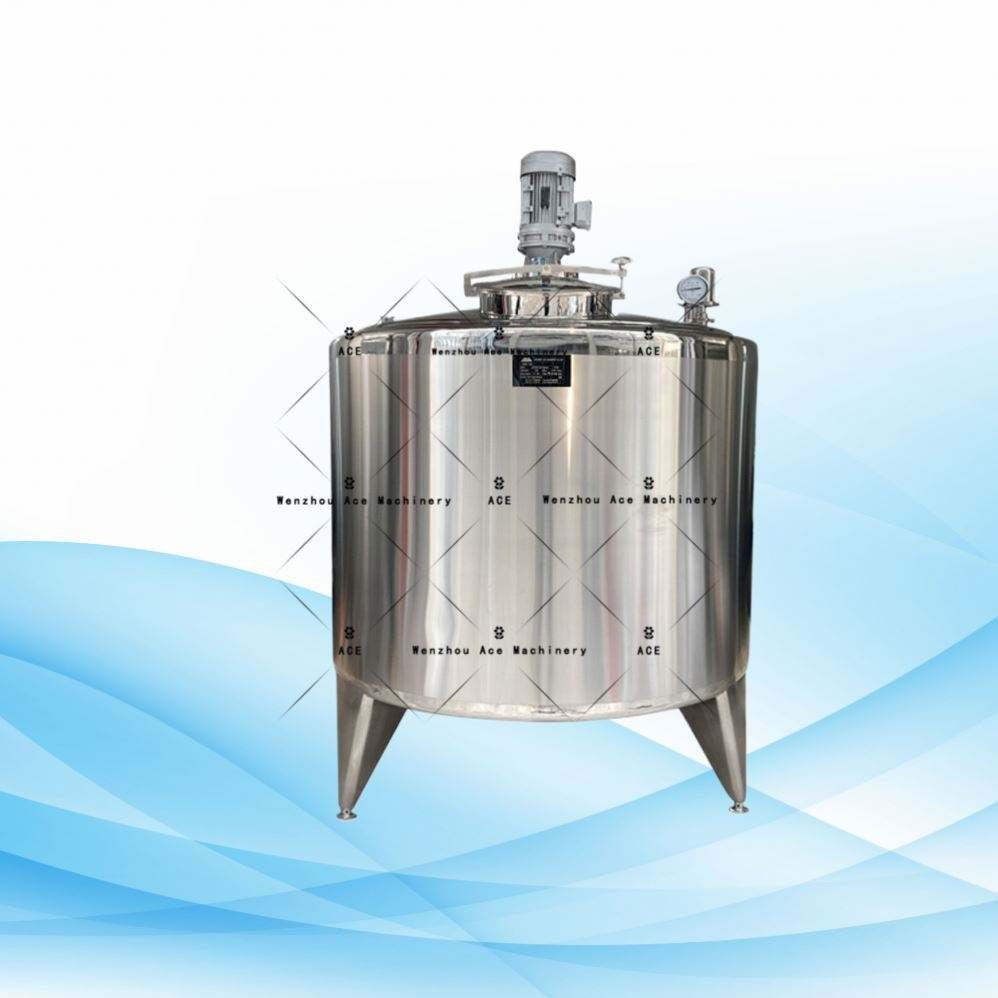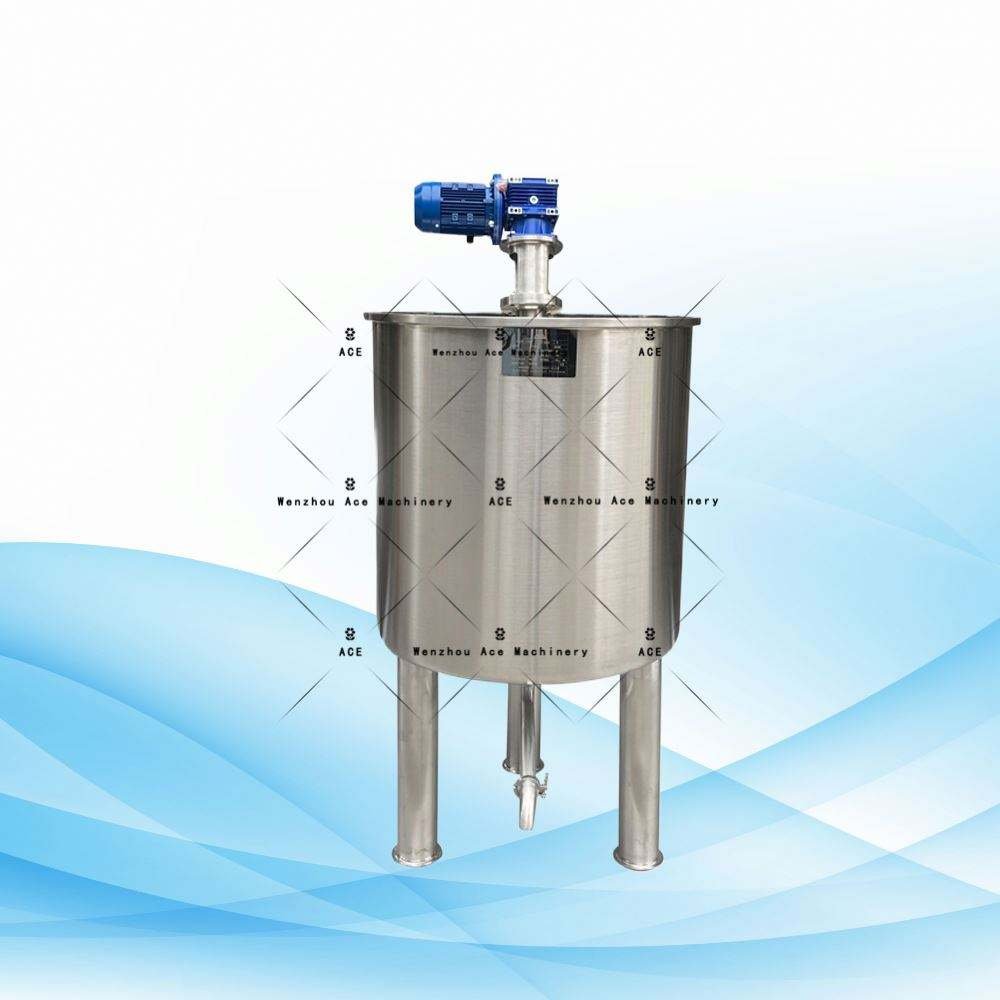Let’s dive into the world of mayonnaise, a creamy delight that’s more than just a simple spread. Essentially, mayonnaise is a luscious oil-in-water emulsion. It typically boasts a composition where at least 65% is vegetable oil, and in some traditional recipes, that figure can soar to a minimum of 74%.
Now, let’s talk about its essential emulsifier. Egg yolks, ranging from 4 to 8 percent of the mix, work wonders in binding the components together. Adding a flavor boost, ingredients like sugar, salt, vinegar, or even a splash of lime or lemon juice play a vital role, with water content ranging from 5 to 15% in the overall mix. Each ingredient brings its unique touch.
Mayonnaise Manufacturing Ingredients/Components
- Oil, Vegetable Oil (65 to 80%): This is the heart of mayonnaise. It defines the texture and gives it that smooth, rich taste. Soybean oil, with its subtle flavor, is a favorite.
- Egg Yolk (4 to 8%): Thanks to the presence of lecithin, it’s the natural emulsifier in the mix, ensuring our emulsion stays intact.
- Water (5% – 15%): It balances the mix, contributing to the desired thickness or thinness and helping dissolve other ingredients.
- Vinegar or Lemon Juice (Adjustable): Provides the tangy kick while stabilizing acidity for longer shelf life. Feel free to experiment with various vinegar types for different flavor profiles.
- Spices and Condiments (Adjustable): Sugar, mustard, and salt are just the start. Mustard doubles up as an additional emulsifier and adds a cut to the flavor.
- Added Ingredients (Adjustable): Thickeners, preservatives, emulsifiers, and stabilizers come into play here, improving texture and extending the product’s longevity, including modified food starches especially in low-fat versions.
Curious about how mayonnaise comes into being? Let’s take a step-by-step journey through this fascinating process, ensuring that every jar meets the bar for taste and quality.
Mayonnaise Manufacturing Process
1. Ingredients Prep
First, gather the essentials: vegetable oil, egg yolks, and a chosen acid like lemon juice or vinegar. In bulk, soybean oil is often chosen for its mild taste, and egg yolks may come in liquid or powdered form.
2. Mix and Emulsify
This stage involves emulsification, where oil is gradually streamed into a mix of egg yolks and water. High-shear mixers are crucial here, delivering a silky, uniform consistency, all the while meticulously regulating oil flow to maintain the emulsion.
3. Seasoning and Flavoring
Once you have the base emulsion, spices like sugar, mustard, and salt are added. Mustard, for instance, not only enhances flavor but acts as an additional stabilizing force.
4. Pasteurize
This crucial step ensures mayonnaise is safe for consumption while keeping it fresh longer. The mix is brought to a specific temperature to kill any harmful microorganisms without actual cooking of the eggs.
5. Consistency Goal
If viscosity is a measure of grade, this is where it’s achieved. Adjust the consistency by adding water and thickeners like modified food starch in lighter varieties, ensuring the texture is just right.
6. Quality Control
Ensuring that every batch lives up to expectations, strict quality control measures are applied analyzing taste, viscosity, and pH to maintain stringent standards.
7. Bottling and Packaging
Once the mayonnaise passes quality tests, the next phase is packaging. It could be bottles, jars, or sachets, filled, sealed, and labeled for shipment.
8. Storing to Distributing
Finally, the finished product needs to be stored in controlled conditions until it embarks on its journey to retailers or customer doorsteps.
High-Tech Machinery for Mayonnaise Production
When it comes to making mayonnaise, the equipment is as vital as the ingredients. Behind every consistently high-quality batch are the stars: emulsifiers and high-shear mixers.
High-Shear Mixer
An indispensable tool in the processing line, it ensures a smooth blend of oil and egg yolk, generating the needed shear force for uniformity.
Homogenizer and Emulsifier
For those perfect smoothness and consistency levels, emulsifier homogenizers become essential. By reducing oil droplet sizes, they create a thicker, consistent emulsion ideal for various recipes.
Pasteurization Mechanisms
Key to preserving freshness and safety, these mechanisms heat the mayonnaise to precise temperatures, destroying harmful bacteria without degrading the product.
Filling and Packaging Machines
The task of packaging comes next. Whether filling bottles or jars, automated machines measure and deliver the perfect amounts efficiently, ensuring the packing process maintains the mayonnaise’s quality.
Quality Control Systems
Equipped with tools like pH meters and viscosity testers, these systems make sure every batch meets the rigorous standards necessary for quality mayonnaise.
Solutions for Cooling and Storing
Last but not least, proper storage conditions are a must to ensure quality until customers have their hands on it, courtesy of adequate cooling and storage equipment.
Mayonnaise Mixing
As with any large-scale production, maintaining texture and emulsion consistency presents challenges. Various mixers, from planetary to high-shear, vacuum emulsifier homogenizers to multi-shaft, play their roles here. They ensure mayonnaise is produced faster, without compromising on quality.
The high-shear mixer, an essential in this line, aids in:
First-Round Mixing
Starting with water added to the tank, it activates, distributing egg yolk emulsifiers rapidly throughout the assembly.
Thorough Shear
Providing vital centrifugal force, ingredients are propelled and sheared to form a stable emulsion by combining oil in fine droplets.
Constant Mixing
This continuous cycle ensures a uniform, silky mix every time, resulting in the perfect creamy consistency we’re after.
Summary
The entire mayonnaise manufacturing process involves a blend of technology and ingredients. It usually sets off with a pre-mix, which is then refined to achieve a stable, high-viscosity emulsion. By breaking oil into smaller droplets, a densified structure builds up, offering commercial mayonnaise its desired stability and texture.
From the percentage of oil to droplet size distribution, various factors influence the final product. Mayonnaise machines capable of producing fine oil droplets are invaluable, resulting in a firm, dense mayonnaise. So, the next time you savor this delightful sauce, remember the technical expertise and meticulous process behind its creation.






